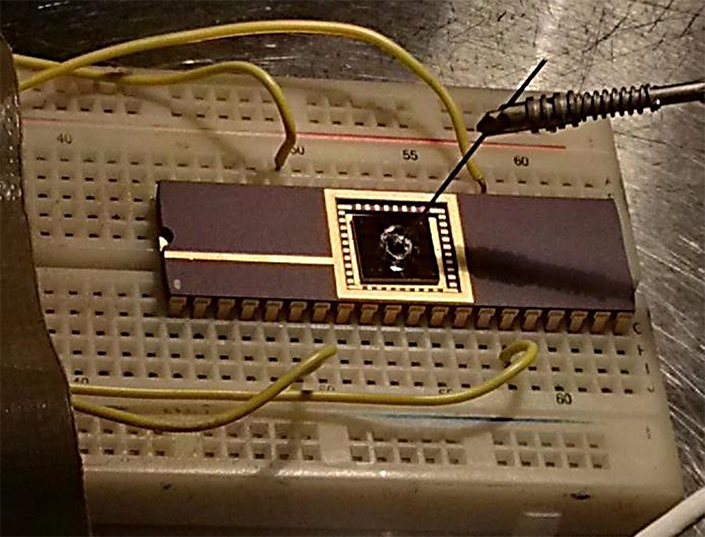Ultra-sensitive graphene sensor could improve water quality monitoring
Engineers at the University of California San Diego have crafted an ultra-sensitive sensor from graphene capable of detecting lead ions at concentrations previously undetectable by current technologies.
This device marks a significant advancement, boasting a detection limit in the femtomolar range, rendering it a million times more sensitive than existing sensors.
“With the extremely high sensitivity of our device, we ultimately hope to detect even the presence of one lead ion in a reasonable volume of water,” said Prabhakar Bandaru, a professor in the Department of Mechanical and Aerospace Engineering at the UC San Diego Jacobs School of Engineering. “Lead exposure is a serious health concern, and it has been indicated that a lead concentration at the level of parts per billion in drinking water could lead to pernicious outcomes, such as stunted human growth and development.”
The sensor's design is elegantly simple yet profoundly effective: a solitary graphene layer perched atop a silicon wafer. Graphene's exceptional conductivity and surface-to-volume ratio make it an ideal candidate for such sensitive applications. The researchers' method of enhancing the graphene's sensing abilities involved attaching a linker molecule to its surface, which then serves as a foundation for an ion receptor specifically designed to capture lead ions.
A distinguishing feature of this research is the sensor's specificity for lead ions, achieved through the use of an aptamer – a short strand of DNA or RNA known for its selective ion binding. This specificity is further refined by customising the aptamer's sequence to enhance its affinity for lead, ensuring that the sensor is activated exclusively by the presence of lead ions.

Experimental setup consisting of one sensor chip detecting lead ions in a drop of water. Image courtesy of Bandaru Lab/UC San Diego
This breakthrough was made possible by a detailed exploration of the molecular interactions on the graphene surface, combining both experimental and theoretical approaches to monitor the sequence of molecular attachments from the linker to the graphene, followed by the receptor, and ultimately, the lead ions themselves.
The collaborative effort behind this research is notable, with significant contributions from Yongliang Dong of LAM Corporation, who laid the groundwork for the device's foundational considerations; Deependra Ban, whose expertise in biochemistry led to the creation of advanced aptamers; Shreyam Natani, whose atomic force microscopy work offered fresh insights; and Alex Lee, who diligently conducted the experimental work.
Unlike traditional methods of lead detection, which either require costly equipment or suffer from reliability issues, this new sensor promises both affordability and accuracy. Professor Bandaru envisions a future where this technology can be readily available for home use, thanks to its ease of manufacture and superior sensitivity.
Currently in the proof-of-concept stage, the next steps involve scaling up for commercial viability, necessitating partnerships within the industry. This sensor not only represents a significant leap in lead detection technology but also exemplifies the power of interdisciplinary collaboration in addressing critical environmental and public health challenges.






